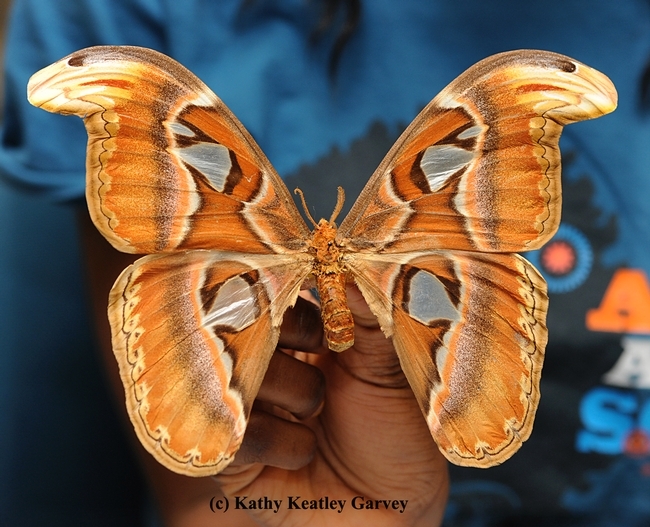
That's a question frequently asked at the Bohart Museum of Entomology, especially during National Moth Week, which this year takes place July 22-30.
So when the Bohart Museum hosts an open house, "Night at the Museum" (formerly known as "Moth Night") on Saturday night, July 22, that question--and many more--will surface. The open house, free and family friendly, is set from 7 to 11 p.m. The site: Room 1124 of the Academic Surge Building, 455 Crocker Lane, UC Davis campus.
Of the Bohart Museum's global collection of eight million specimens, about 500,000 are butterflies and moths, says entomologist Jeff Smith, who curates the Lepidoptera collection. Of the 500,000, some 60 percent of are moths, and 40 percent butterflies.
Worldwide, scientists have described an estimated 18,000 species of butterflies, but more than 180,000 species of moths, "so moths greatly outnumber butterflies, and their sizes range from nearly microscopic to the largest insects in the world, the Atlas Moths," Smith says.
Serious Pests. "In terms of their impact on humans, moths by far are the more important group," Smith wrote in an email. "A great many species are serious pests on agricultural crops (e.g. corn earworms, cutworms), on landscape and forest trees (e.g. gypsy moths and tent caterpillars), and on stored food products (e.g. Indian meal moths). On the opposite of this spectrum there are some species (e.g. the cinnabar moth) that are useful in controlling certain kinds of noxious weeds." (The common name of the gypsy moth, Lymantria disparm, is now "spongy moth," according to the Entomological Society of America.)
"In North America the vast majority of moths are active at night (nocturnal) while all butterflies are day active (diurnal). In tropical regions a much greater percentage of moths, especially colorful species, may be diurnal and often are mimics of butterflies in those areas, a look that may afford the moth protection in some manner," Smith says. "Many more kinds of moths than butterflies exhibit wonderful defenses, such as mimicking the bark of trees, the look of leaves, or displaying large eyespots to make predators nervous. Many moths also are capable of 'hearing' bats, their primary nighttime enemy, as the bats use echolocation to find their flying food, and the moths then take evasive action."
Stinging Hairs. Smith points out "it also pays to be aware of certain kinds of caterpillars that have stinging hairs on them, some with stings that are extremely painful when brushed against. A number of moth species are incapable of feeding as the adult moth, while others have a proboscis (a 'tongue') nearly 12 inches long and are important pollinators of some kinds of flowers. It is likely that we are aware, at this time, of only about 80 percent of the species of moths actually out there, so there is a great deal still to learn about them and their importance in their habitats."
At the open houses, Smith shows visitors the collection and talks about the defensive strategies these insects use for survival, such as camouflage, warning coloration, and mimicry of other species. "We love to teach about the importance of Lepidoptera in the environment, either to their habitat directly or possibly as an indicator of the health of their habitat. And, of course, they can be amazed at the beauty of these insects."
"We have specimens from all over the world, from every continent," Smith notes. "We are especially strong, of course, in North American material but also strong in Central and South America, and these areas represent much of our continuing growth. We have a great deal of material from Papua New Guinea, Australia, Indonesia, Malaysia, Taiwan, and other eastern Asian countries. We have a great amount of material from Africa, particularly Zambia and Democratic Republic of the Congo. We are especially strong with northern Mexico moths, much of which likely represents species still undescribed by taxonomists."
The biggest "Wow" in the Lepidoptera collection usually comes when visitors see the huge and brilliant metallic blue Morpho butterflies from tropical America. (See his video, "Mimicry in the Butterflies and Moths with Jeff Smith," on You Tube.)
Smith, a resident of Rocklin, received a 2015 “Friend of the College” award from the UC Davis College of Agricultural and Environmental Sciences for his volunteer work, including preparing specimens and organizing the collection. At the time he had spread the wings of more than 200,000 butterflies and moths, amounting to 33,000 hours of volunteer service.

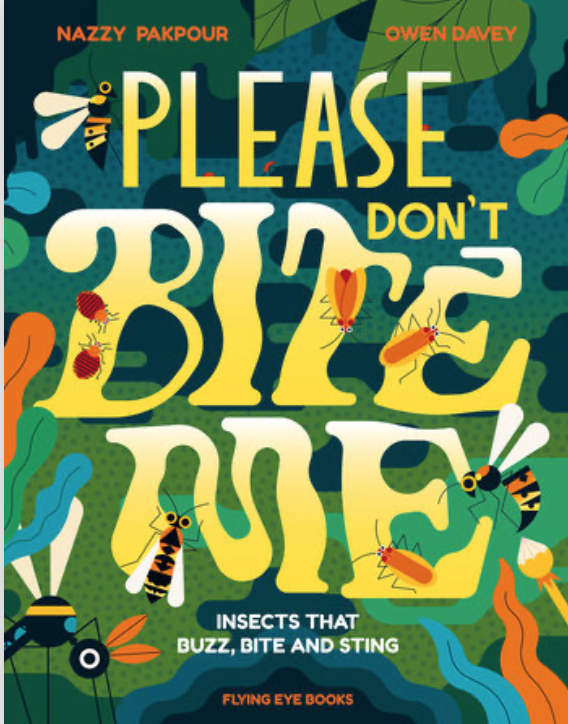
The insect petting zoo (Madagascar hissing cockroaches, stick insects and tarantulas) and arts and crafts activities will be in the hallway, said Tabatha Yang, the Bohart Museum's education and outreach coordinator. Free hot chocolate and cookies will be served.
The Bohart Museum, directed by UC Davis distinguished professor Lynn Kimsey, is the home of the seventh largest insect collection in North America, and the California Insect Survey, a storehouse of the insect biodiversity. Noted entomologist Richard M. Bohart (1913-2007) of UC Davis founded the museum in 1946.
Attached Images:
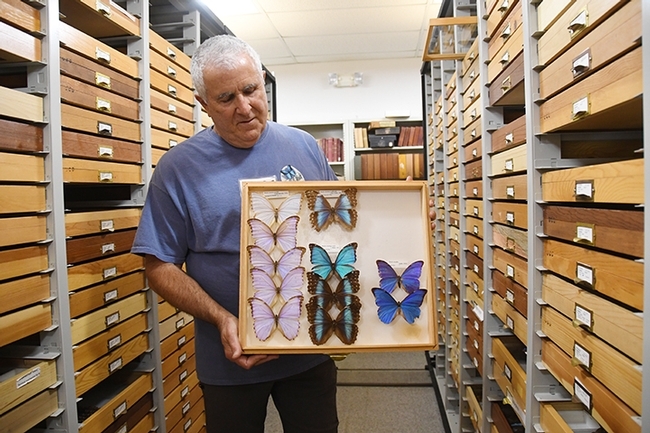
Entomologist Jeff Smith, the curator of the Lepidoptera collection at the Bohart Museum, displays a drawer of tropical butterfly specimens. (Photo by Kathy Keatley Garvey)
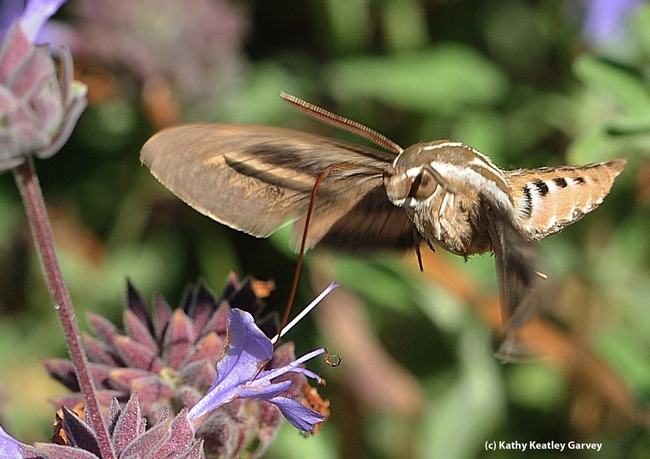
A white-lined sphinx moth, Hyles lineata, heads for salvia in a UC Davis garden. (Photo by Kathy Keatley Garvey)
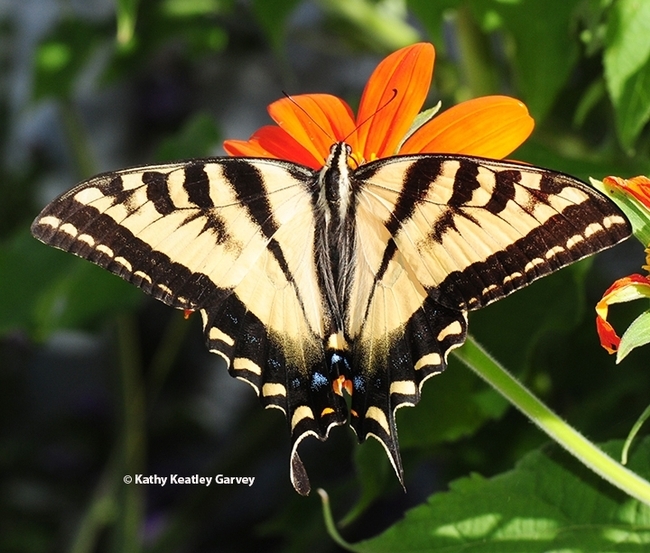
A Western tiger swallowtail, Papilio rutulus, foraging on a Mexican sunflower, Tithonia rotundifola, in a Vacaville garden. (Photo by Kathy Keatley Garvey)